See Over 2,000 Wax Models of Skin Diseases at This Swiss Medical Moulage Museum
It’s hard to look, and hard to look away, at this unique, and medically valuable, collection of wax blisters, hives and sores
Step away from that health website: There’s a better way to diagnose and observe health problems than plugging your symptoms into a search engine and discovering that you definitely have four types of cancer. For centuries, medical students and doctors have used medical moulages—wax models of diseases, temporary complaints and medical peculiarities—to learn how to recognize all sorts of afflictions. And in Zurich, Switzerland, medical students and curious onlookers alike can see a massive display of antique and current moulages in all their icky glory at the Moulage Museum.
Moulages have a long history: Civilizations as old as the ancient Egyptians used wax to record how people looked when they died. The technique continued on for centuries, spreading across Europe throughout the 1600s. Over time, the models became more detailed: Colored wax was added to show different stages of scarring or sores, glass bubbles were added to represent blisters and individually-placed hair strands were added to make them look even more lifelike. By the early 1700s, moulages were a well-known teaching method for medical students and doctors.
Researchers at the University Hospital of Zurich began collecting the models in 1918. By the time they opened a specific museum in 1993, their archives contained more than 2,000 disease models. Six hundred of those are on display in the museum’s glass cases today. The entire collection represents more than 1,000 dermatological and venereal diseases and afflictions, from cleft lips and exterior surgical examples to syphilis and skin cancer caused by early x-rays. And, according to Sabina Carraro, a conservator and restorer who acts as spokesperson for the Moulage Museum and University Hospital of Zurich, researchers there still make intricate moulages today.
Though the Moulage Museum is a perfectly peculiar tourist attraction, it exists mainly as a learning opportunity for medical students and doctors worldwide. The public can visit on Wednesday and Saturday afternoons, but medical professionals can come anytime, even outside of typical operating hours. Medical students at the University Hospital of Zurich are required to attend several lectures a year at the museum. Groups attend for guided tours and in-depth disease discussions.
Wax models may seem a bit outdated, but the museum never plans to switch to digital representations of diseases. The moulages are 3D and realistic in both texture and color—aspects that can be altered unintentionally with computer versions. Since the models are taken from real patients, they show the actual size of each disease’s impact on the body. Though higher-tech representations of each affliction may be cheaper, the museum believes that the actual model is an avenue for more in-depth knowledge, both on the surface and on a somewhat existential level.
“There is an emotional aspect to studying medical wax moulages,” Carraro tells Smithsonian.com. “They remind everyone of their own vulnerability.”
/https://tf-cmsv2-smithsonianmag-media.s3.amazonaws.com/accounts/headshot/JenniferBillock.png)
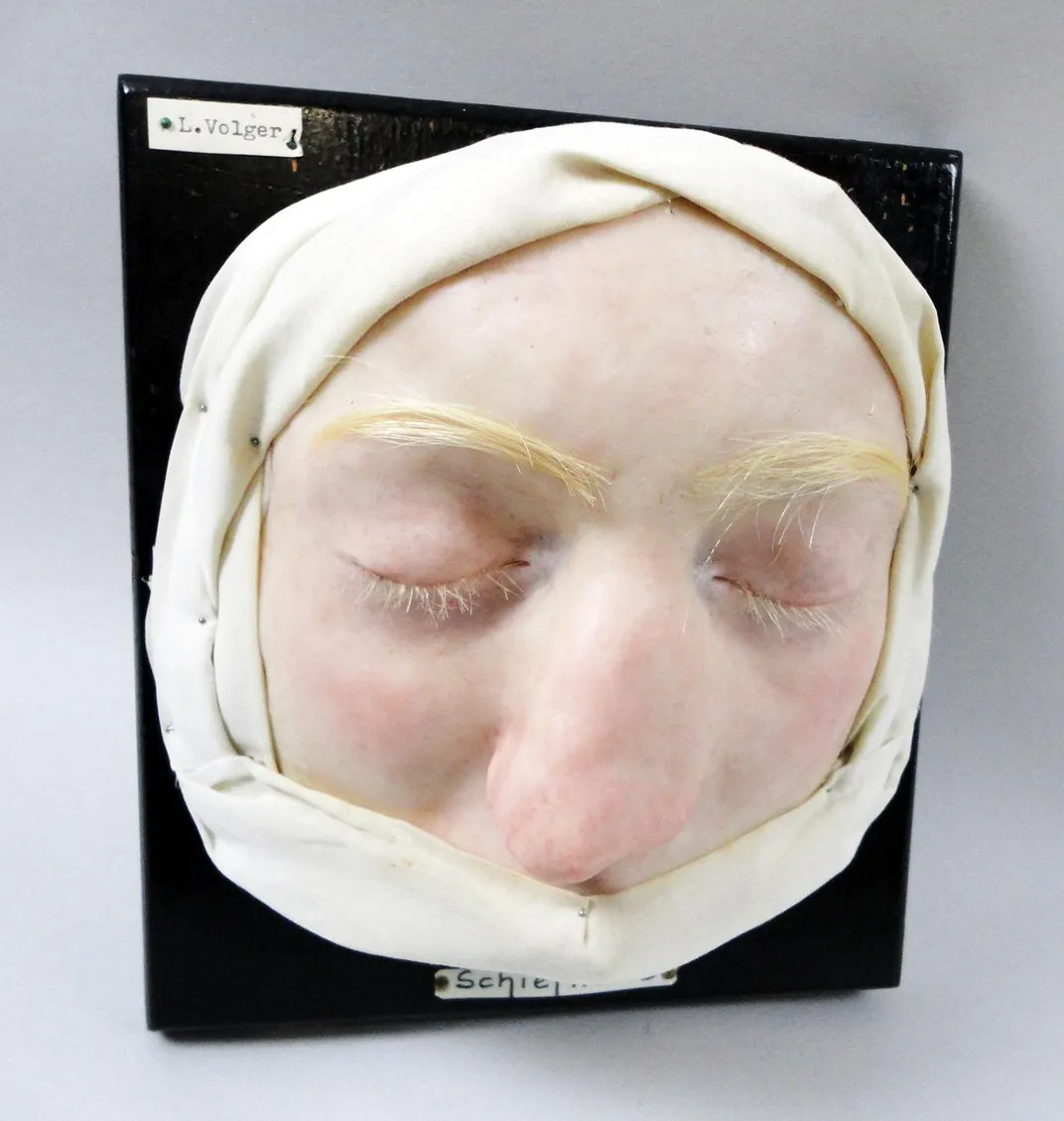
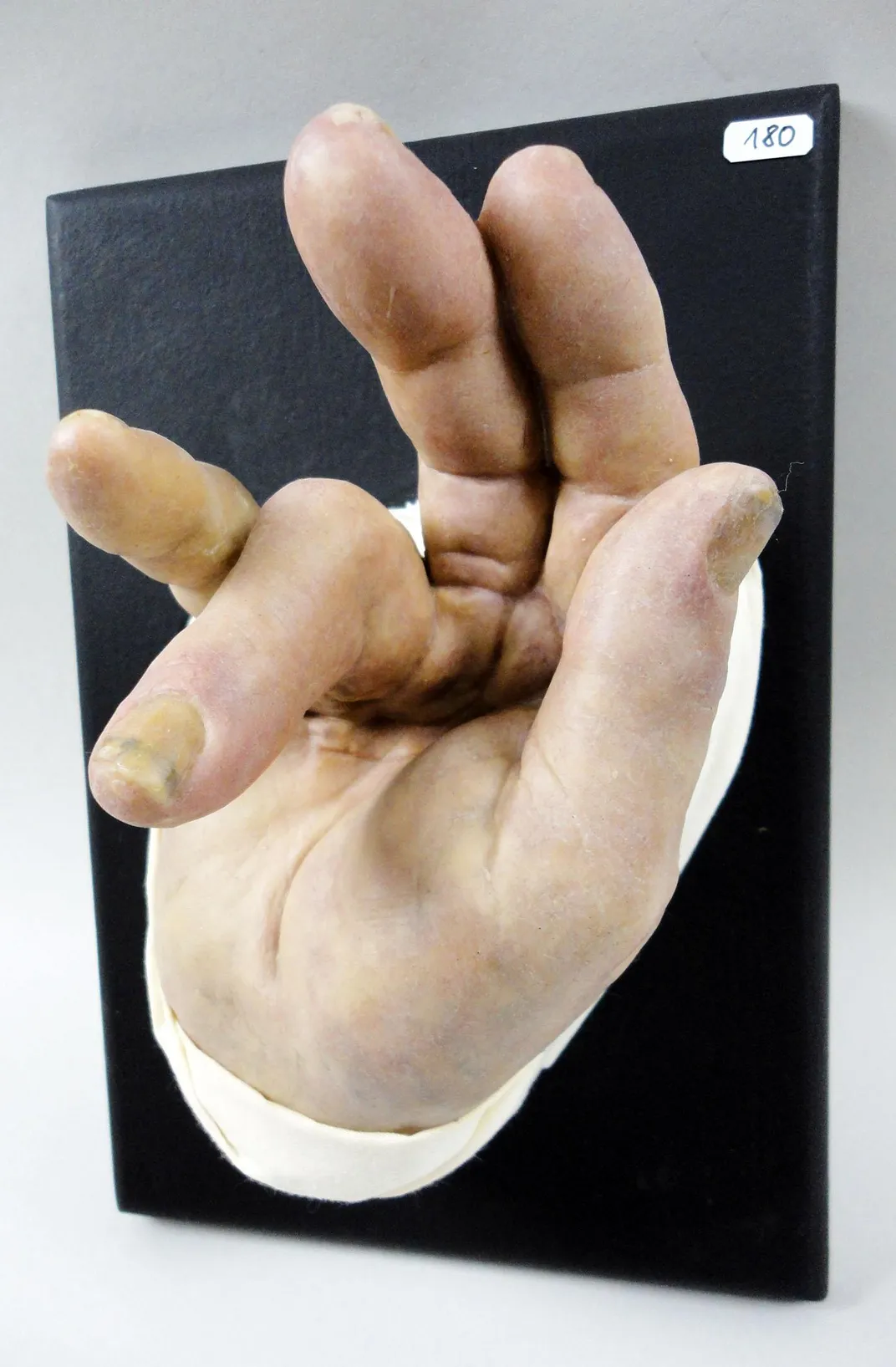
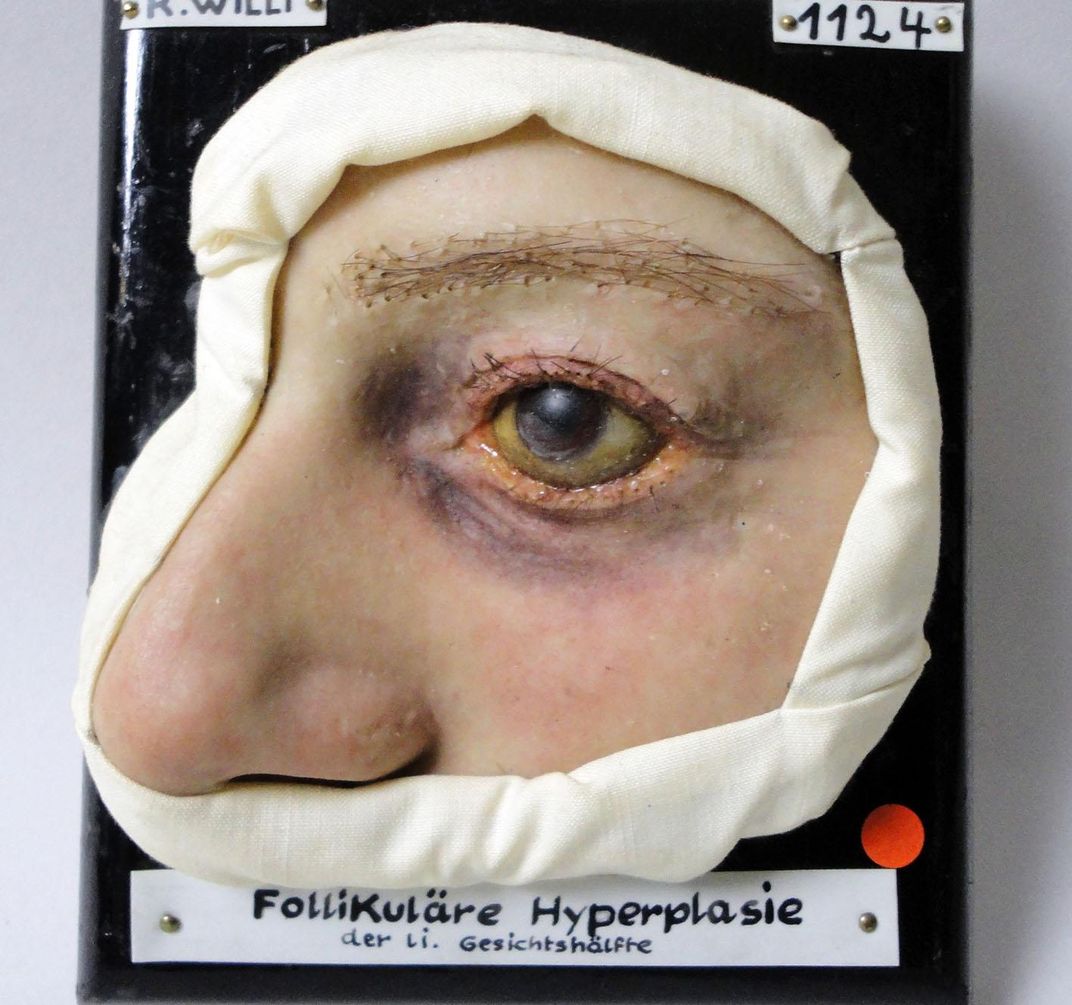
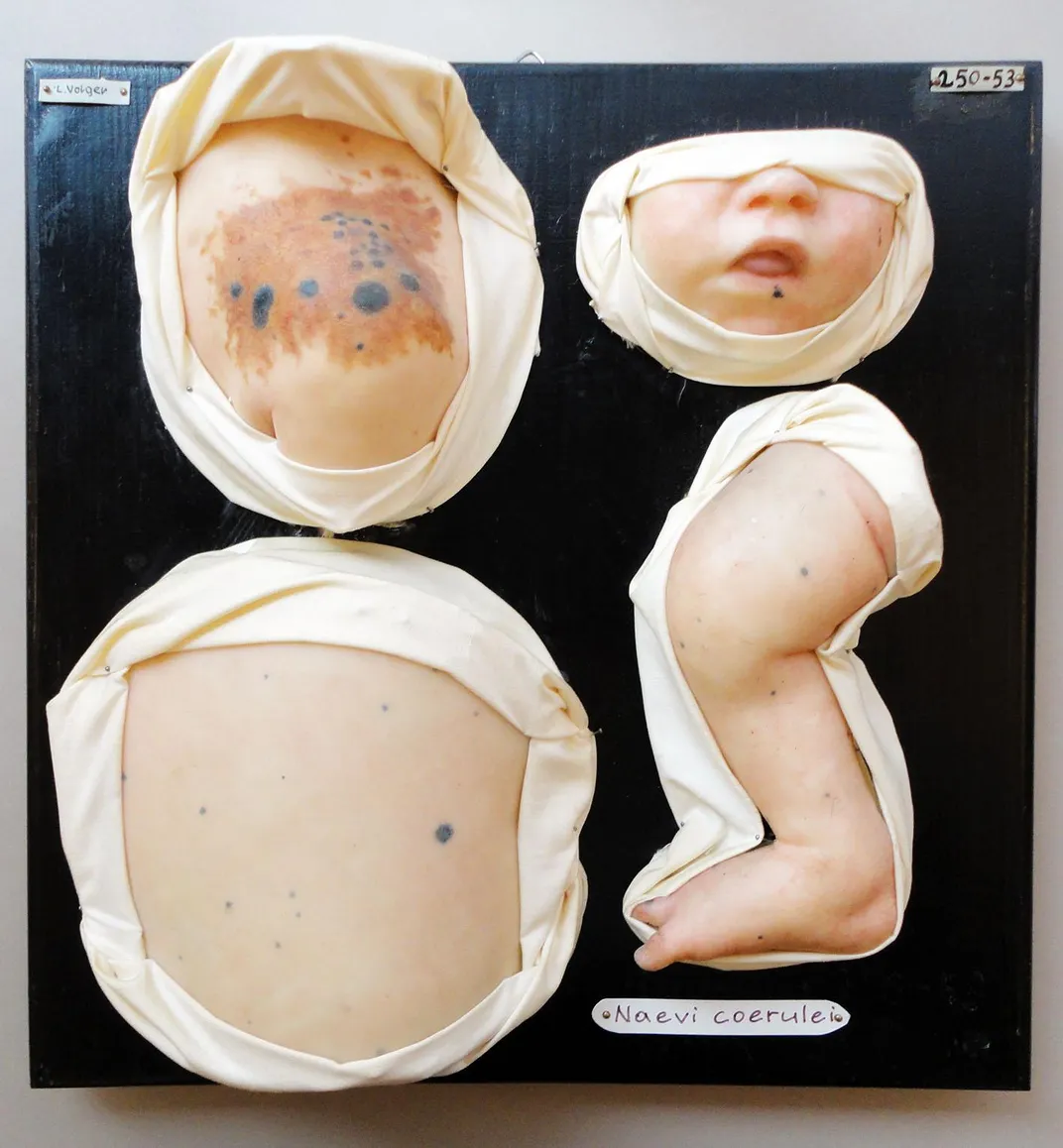
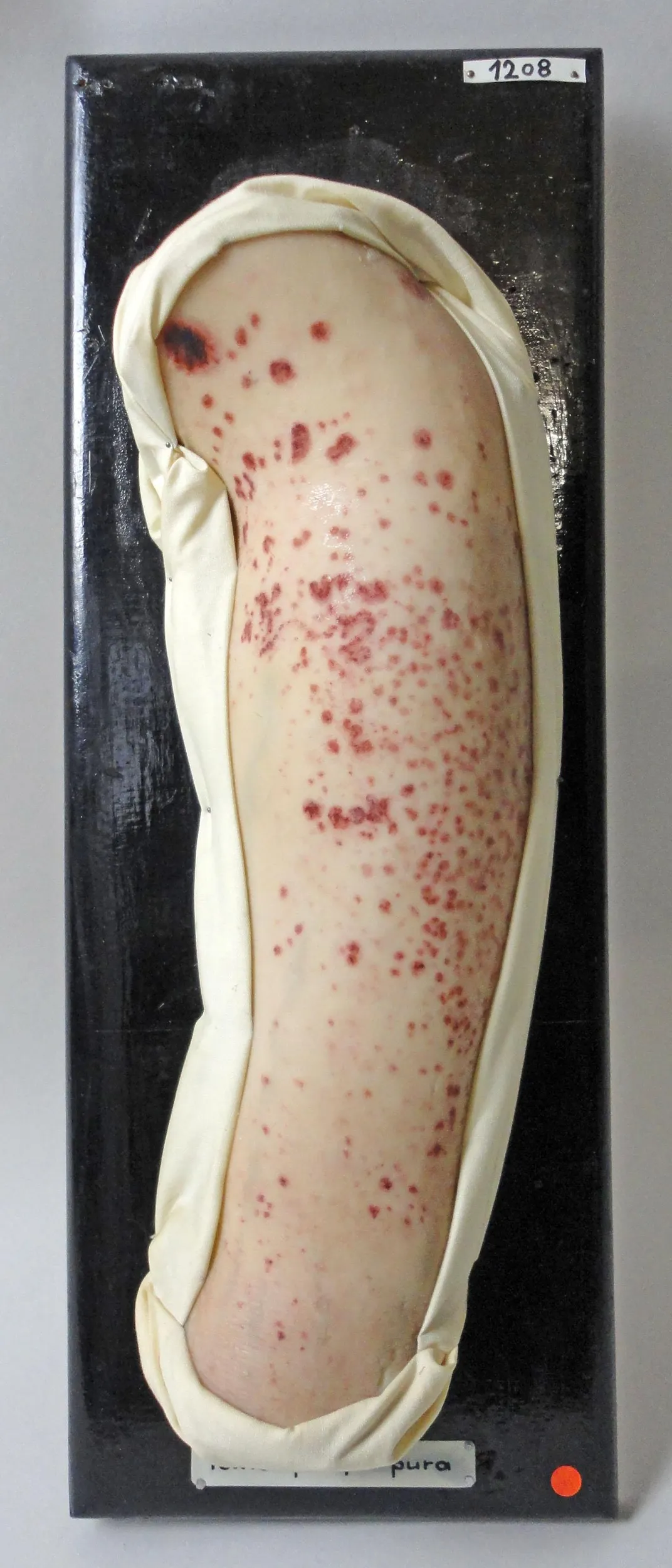
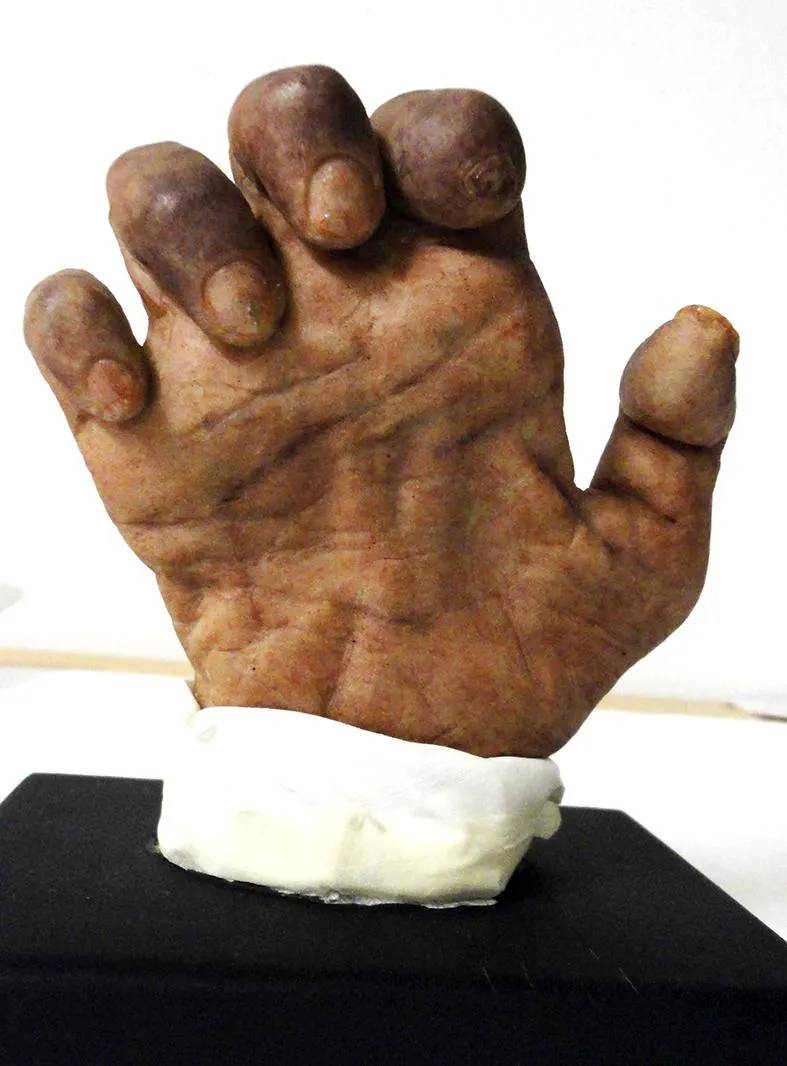
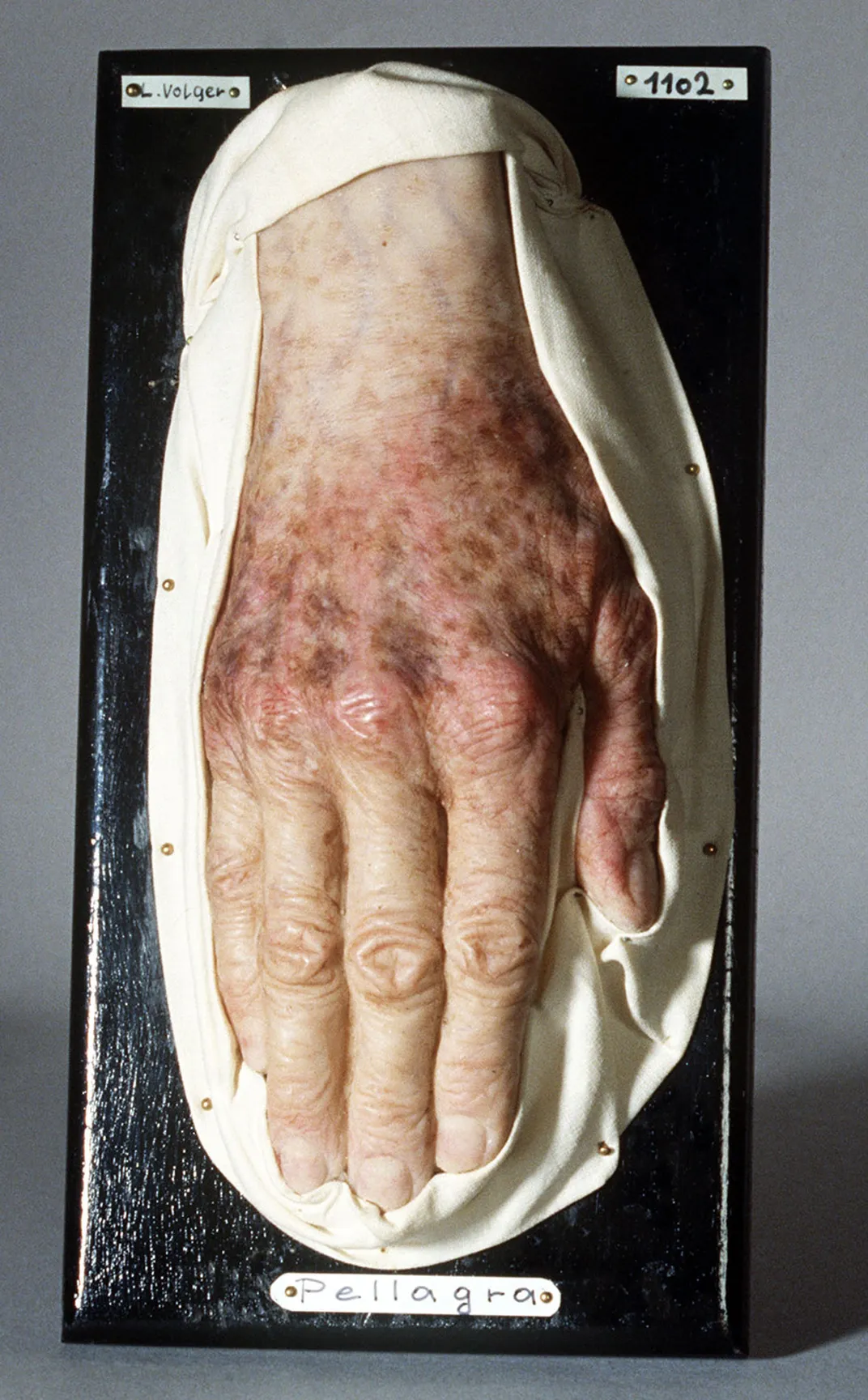
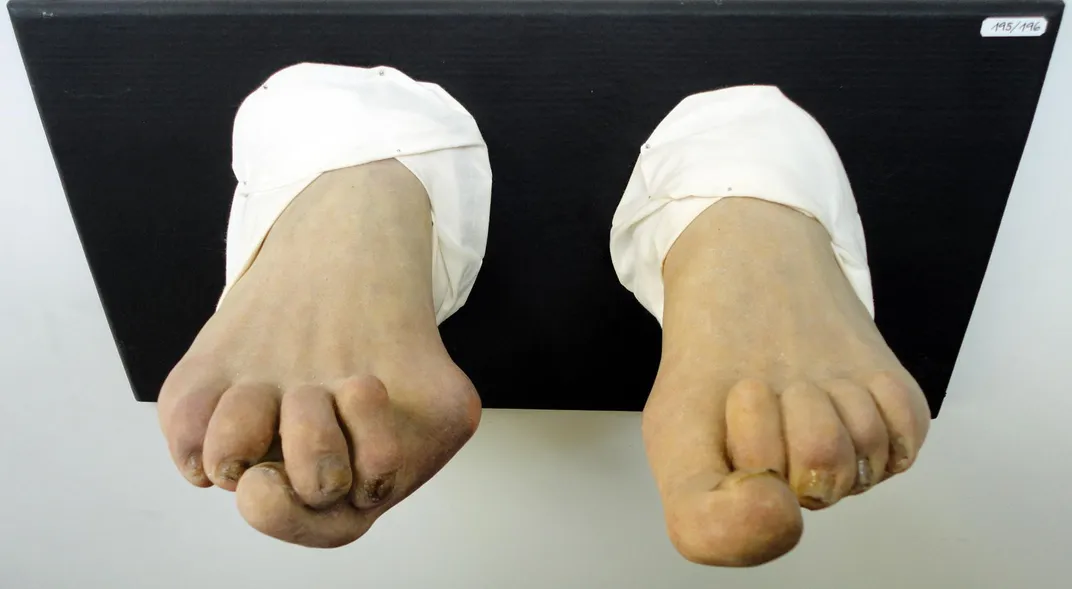
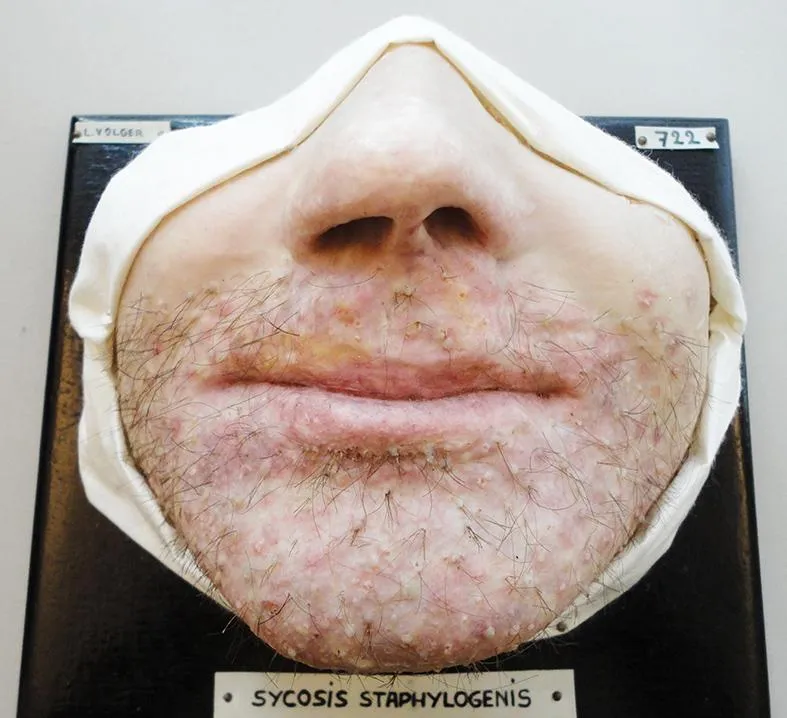
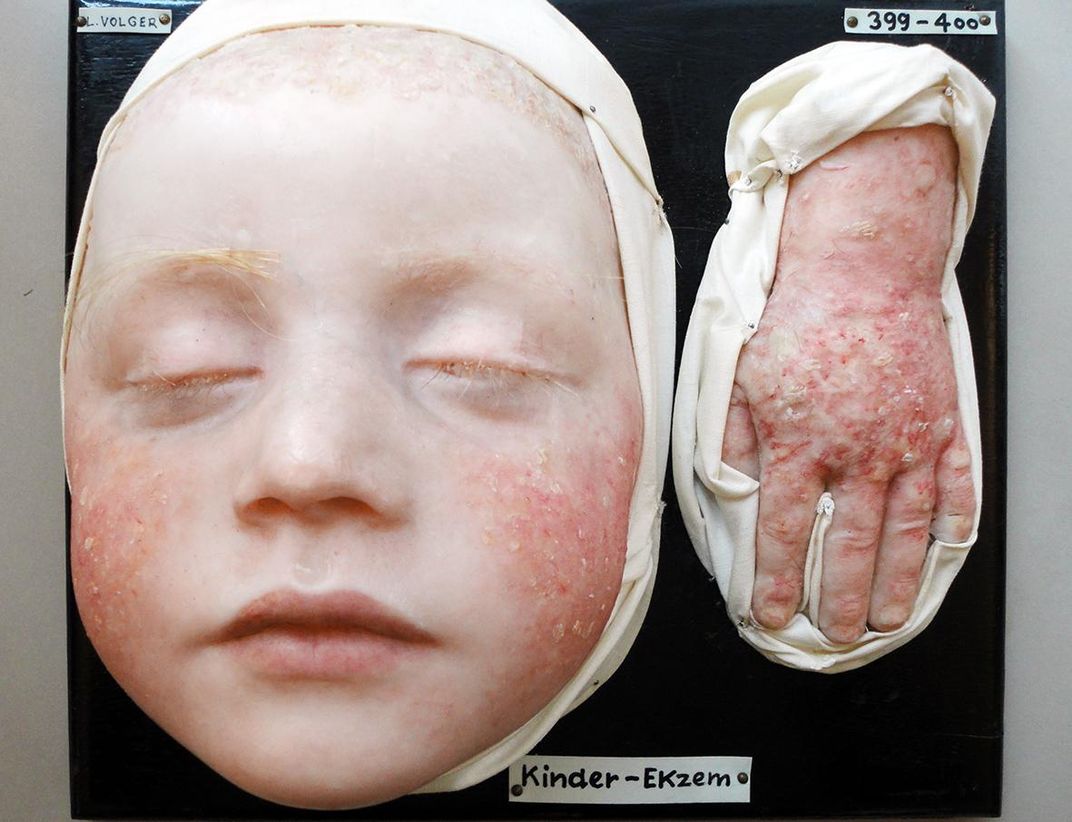
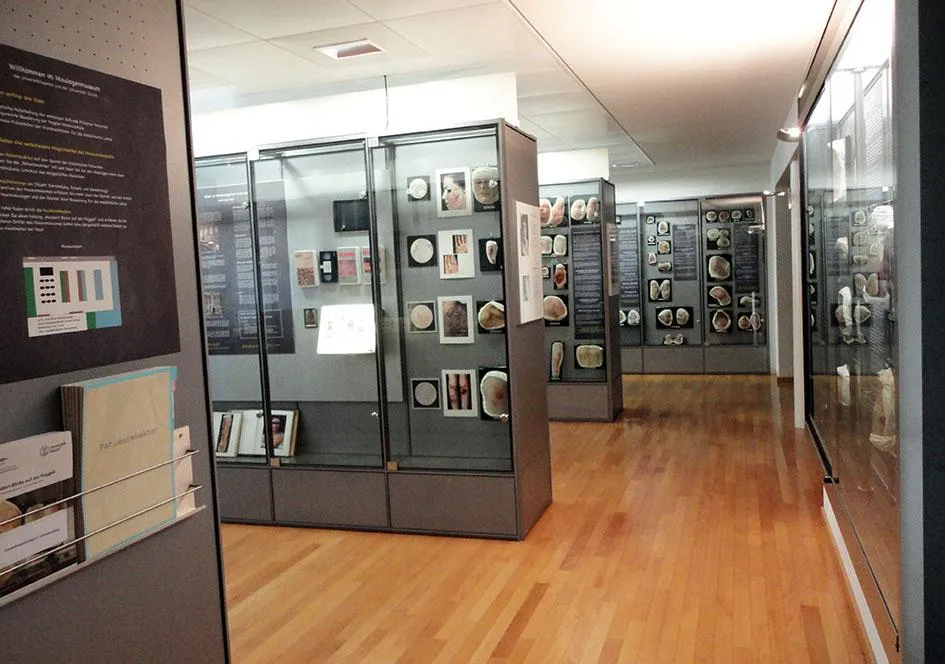
/https://tf-cmsv2-smithsonianmag-media.s3.amazonaws.com/accounts/headshot/JenniferBillock.png)